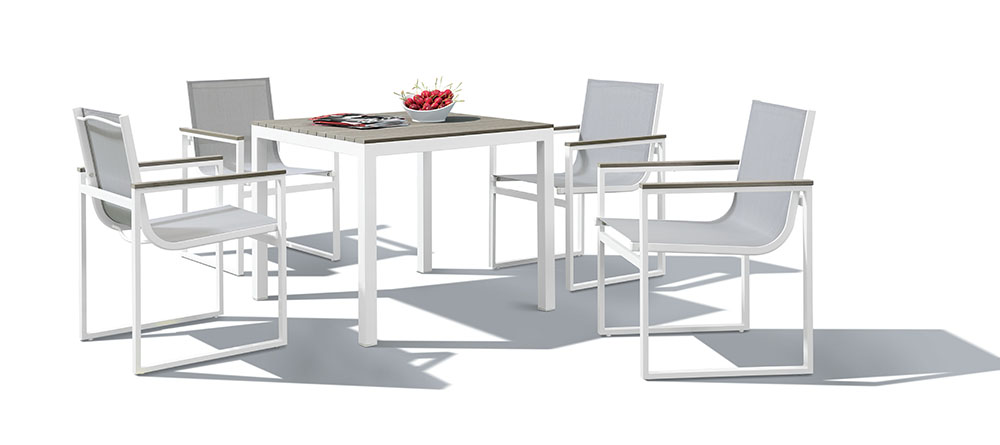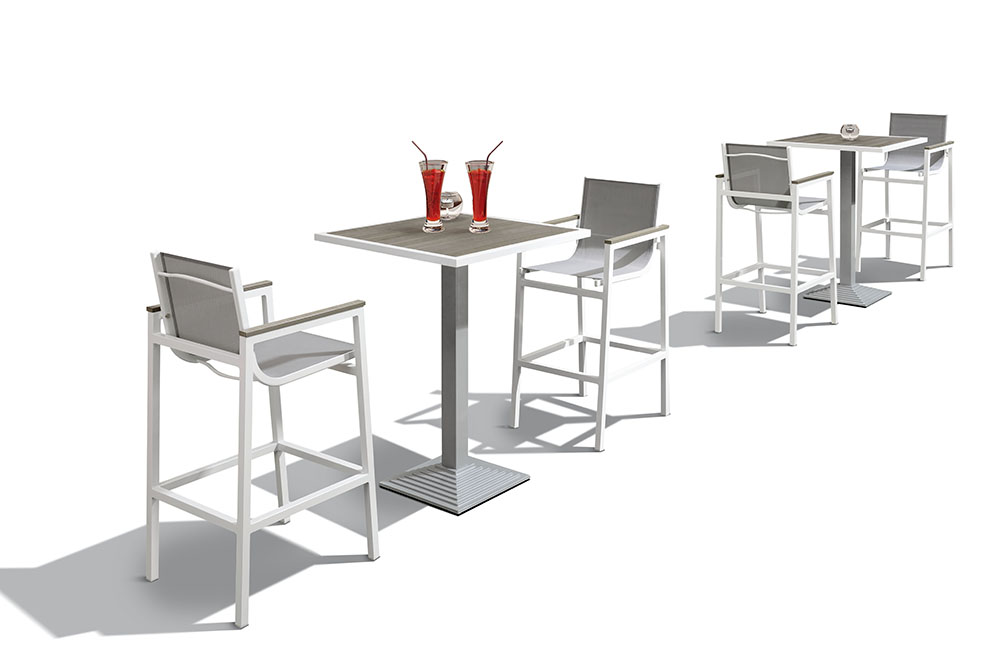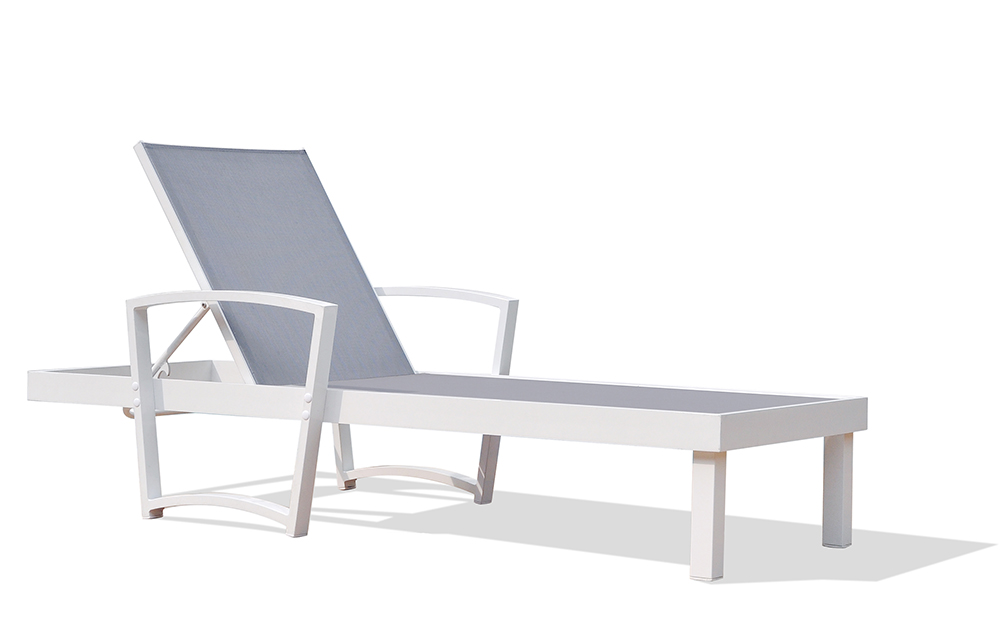In 2003, solvent-based inkjets and digital inkjet platforms have matured, and anyone who visits the billboard industry, screen printing, or digital printing exhibitions can see many such devices. This raises us two questions: 1 If solvent-based inkjet is so versatile, why do we still need a flatbed printer? 2. Why does the growth of the platform inkjet market appear to be inseparable from UV-curable ink technology?
Both of these problems are attributed to the performance and cost of the product. Solvent-type inkjet printers can provide images with excellent durability and wear resistance on pressure-sensitive vinyl and banner vinyl and many soft substrates. However, solvent-based inkjet printers are no longer effective when printing on non-absorbent and rigid substrates.
Of course, screen printers have been able to print on rigid substrates for decades, but currently using screen printers to complete 10 or 20 prints on rigid substrates is quite expensive. Digital presses can meet this requirement, but they can only be printed on flexible substrates first, laminated on hard substrates, and finally continuously trimmed. This is an intensive process that requires skill and labor to complete, and there is also unnecessary material waste.
Currently, with the use of suitable printing presses and ink technologies, the advantage of platform-type inkjet printing is even greater. Any image production company can directly perform short-lived jobs on hard substrates, which in turn reduces material and labor, while reducing the To a certain extent, the quality of the product will be improved.
In addition, many new platform inkjet printers can also be printed on flexible substrates. In these flatbed printers (such as the Durst Rho 160), about one-third of the machines are mainly used for soft substrate printing. The platform-type inkjet system can be universal. For the first time, these printer manufacturers and other participants have developed digital printing methods that are truly competitive for the short live market of screen printing.
application
If a platform printer can achieve quality requirements when printing on traditional rigid substrates, it will prove to be more economical than many conventional technologies, especially in short live printing. Due to the reduced cost of goods storage and the need for an immediate production delivery model, the platform printing is also very economical for long-term activities and will also have some opportunities.
According to a sample survey conducted on multi-color platform printing presses, we found that about 50% to 55% of printed products are used for point-of-sale advertising. A total of them are display boards, and a small number of 3D posters and polyethylene stickers are also available. Stickers. Exhibitions and advertisements accounted for 8%, outdoor posters accounted for 11%, and furniture decoration accounted for about 10%. The early stage of inkjet printing, apart from furniture decoration, mainly focused on graphic printing. However, as we look ahead, this will not always be the case.
Since the substrate handling mechanism and ink system are designed for more professional applications, we can expect to see platform inkjets in architectural glass decoration, PCB symbol printing, and a whole series of new industrial applications. In fact, its versatility resembles screen printing to some extent, and its graphic prints account for only 26%.
Platform inkjet pioneers
As early as 1995, Alpha Merics Company of the United States stated the development opportunities of the platform inkjet printing at the meeting of the inkjet management association. At that time, they had developed medium-resolution systems for offset printing and screen printing. Initially, the United States led this technology. We were surprised that the pioneers of inkjet technology on many platforms came from Europe and many other industries, including companies that did not engage in digital technology.
Early innovators in platform inkjet printers included Perfecta, Cambridge Consulting, and Ciantec. On the basis of the current situation, market leaders today are the Zund UVjet 215C, Durst Rho160, Inca Eagle, Columbia and Vutek Press Vu models. Other manufacturers to launch this market include Israeli manufacturers NUR and Sai Angel, Japan's Mimaki, Mutoh, Roland, South Korea's DGI and Hypernics, China's Runjiang, Saibo, Taiwei, Zeeland and others. Businesses, as well as Dutch-owned American companies Ocè North America, DJT, Lüsher, Tamporprint, Thieme, and some manufacturers will launch new products in 2004.
UV curing ink
UV-curable inks consist of monomers, photoinitiators, and oligomers that are polymerized and crosslinked and quickly change from liquid to solid after exposure to UV light. These inks are obtained by spraying, without evaporation of solvent or moisture.
It is worth noting that not all platform printers sold in the market use or require UV-curable inks. But most successful platform printers use this type of ink. A special case is Sagittarius' CORjet, a printer specially designed for the crepe paper packaging market. It uses the Aprion 512 nozzle printhead technology, which uses water-based ink to print directly on a water-absorbing corrugated board with a resolution of 600 dpi. It may also be the only type of printing system that can perform fine text reproduction on this special material. Although water-based inks can be adhered to many non-absorbent substrates, their performance on nonabsorbent substrates is far inferior to UV-curable inks.
Why UV curing inks are so widely used?
The speed of production of printed products is the primary reason. Inkjet printing has a great limitation on the printing speed due to the print head, in other words, the speed at which ink droplets and ink reservoirs return to zero and wait for the next ink droplet to be produced. Professional OEMs and print head manufacturers all hope to gain benefits in this area. Another factor that limits the speed of printing production is the drying speed of the ink.
Most inkjet inks have a low viscosity, and unless they are dried quickly after printing, they can be particularly troublesome to handle. When the printed product is rolled up or piled together, at least the ink is dry when touched.
In general, UV-curable inks have superior adhesion to many non-absorbing and untreated substrates, and also have a certain adhesion to absorbent substrates. Therefore, UV-curable inks are much more useful on substrates that can be printed. In practical applications, solvent-based inks are also difficult to match with UV-curable inks. At first glance, solvent-based inks in the screen printing industry appear to be feasible for printing on various rigid media. In fact, solvent-based inks are more adhesive than UV-curable inks, making solvent-based inks dry. Speed ​​is a problem.
Another advantage of UV-curable inks is that they can use highly efficient solvents and cleaners to erase dirt and excess ink on images printed on abrasion-resistant media. Exposure of UV-curable inks to a good UV light source can quickly change from a liquid to a solid, so that the finished product can be quickly dried and piled together without worrying about ink smudging or residual solvent flowing into the building.
Assuming that the print head and the ink delivery device are exposed to sunlight without UV light, the UV ink will show strong stability. This reduces the time required for cleaning, and high efficiency makes up for the high cost of producing ink.
The well-designed UV inkjet system has no solvent evaporation and has a small impact on the environment.
These reviews are not advocating that UV curable inks have no disadvantages. On the contrary, it also has many deficiencies. Although the price for buying this ink is not too high, the cost of producing each liter of ink is relatively expensive. In the inkjet industry, ink prices are affected by market and competition and are not affected by the cost of ink production.
The light used to dry this ink is a high intensity UV light. When this light passes through the surrounding environment, it produces ozone, a toxic gas. Therefore, it is necessary to maintain good ventilation in the work environment. In order to make the machine more efficient, it is also necessary to exhaust the UV curing system at regular intervals.
Although many ink manufacturers are solving the problem of residual odor of UV inks, this makes some of the existing inks unsuitable for specific applications such as food or cosmetic packaging, retail stores or offices. Most solvent-based inks have similar limitations.
The life of UV-exposed lamps is limited and requires regular replacement. This lamp is also another consumable item in the production process, and its life should be controlled. At present, it is difficult to obtain a smooth, high-reflectivity ink film surface in the spot-color using UV-curable inkjet printing ink, and it is possible to use screen printing (solvent type or ultraviolet) and laminating water-based inkjet printing. UV-curing inks do not have good fluidity on the surface of the media, and tend to leave some relief-like lines where ink droplets are deposited. This is likely related to the direction of printing or the positioning of each nozzle. Because hard substrates are difficult to clean or are susceptible to contamination (oil stains, finger prints, etc.), the use of UV-curable inks to print spot colors on rigid substrates is more likely to produce spots than screen printing. A finger print will affect the ink jet and will remain on the final printed screen. Therefore, from the end user, the intermediary, and even the original board manufacturer, the processing and cleaning methods must be improved.
In other parts of the printing industry—offset, flexo, screen, and gravure—UV technology is more widely used than solvent-based and oil-based technologies. We will expect that the inkjet industry will have a good prospect from platform printing to large-format, high-volume inkjet equipment and will enter a new era of comprehensive industrial, chemical and biological applications. Web consultants expect that UV-curable inks will increase from the current 1% market share to more than 10% in 10 years. In the near future it will play a leading role in large-scale, high-productivity printing.
High-end platform inkjet sales continue to grow in 2003
Web consultants estimate that 400 high-end and mid-range inkjet printers are sold worldwide ($60,000 each), an increase of 80% compared to 2002, and it is predicted that in 2004, the world will have the same growth trend. Many new manufacturers will Entering this field, other current manufacturers such as durst, Inca and Vutek will continue to present their new products.
However, we do not see the same growth trend for machines with low-end or rigid substrates. It now appears that although the price of a platform inkjet printer with UV curing technology is still somewhat high, buyers believe that UV devices have less restrictions on substrates, so they feel that spending more money is still worthwhile. 2004 should be a meaningful year. In particular, the mid-range inkjet printers currently represented by Zund Corporation will have more competitors to participate in. At the same time, many new low-cost platform inkjet printers will enter the market.
We believe that "you will get value for money in terms of performance, speed and reliability."
Platform printing will provide more smart investors with more market opportunities.


